
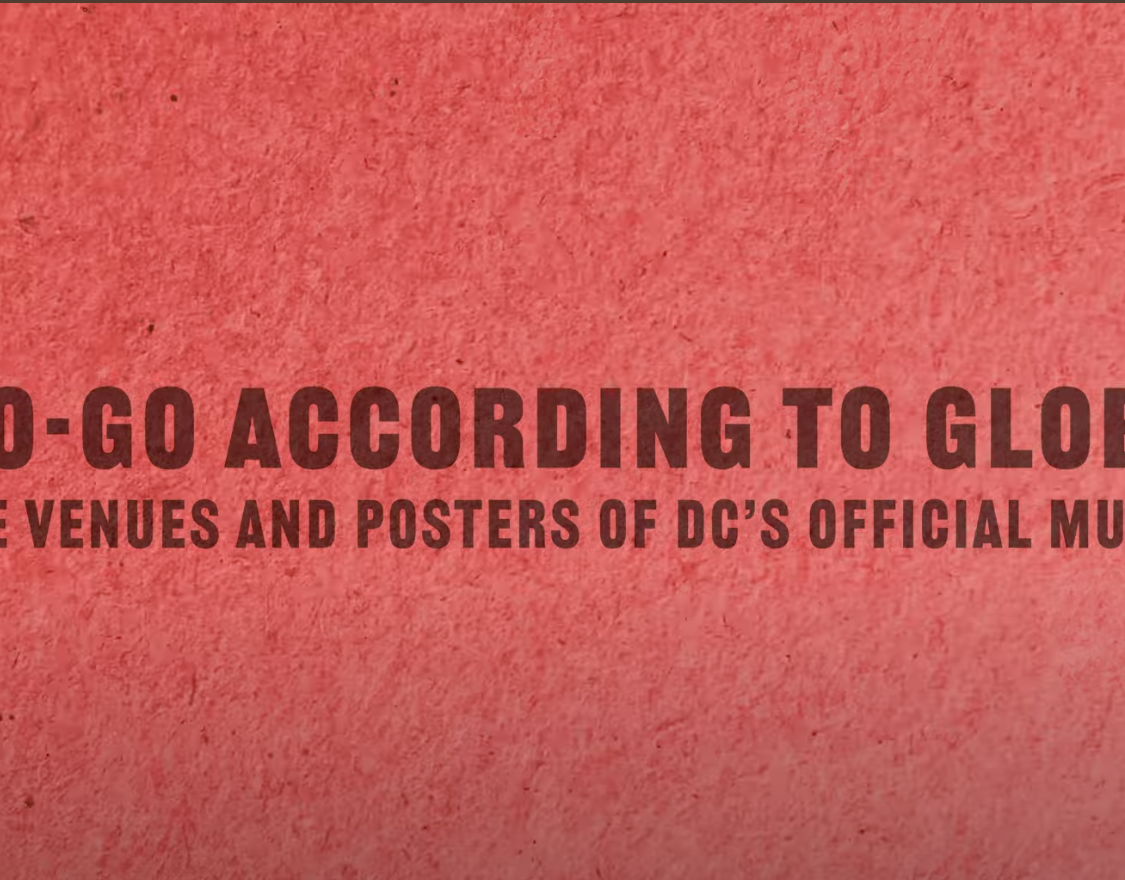
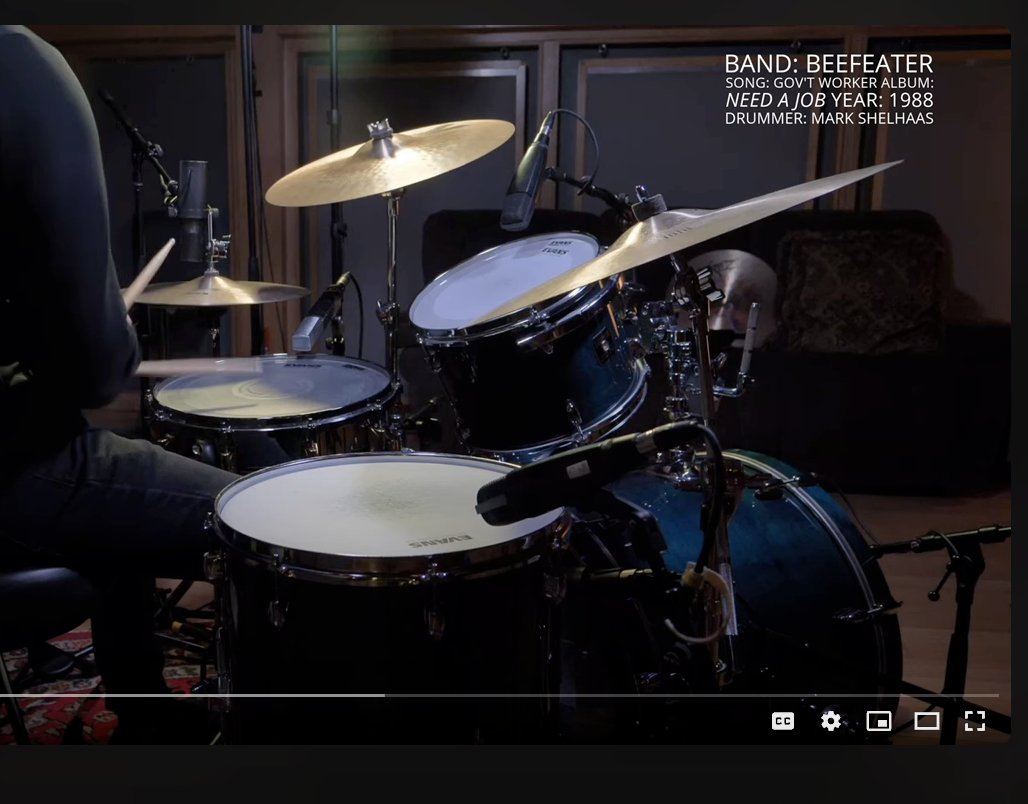
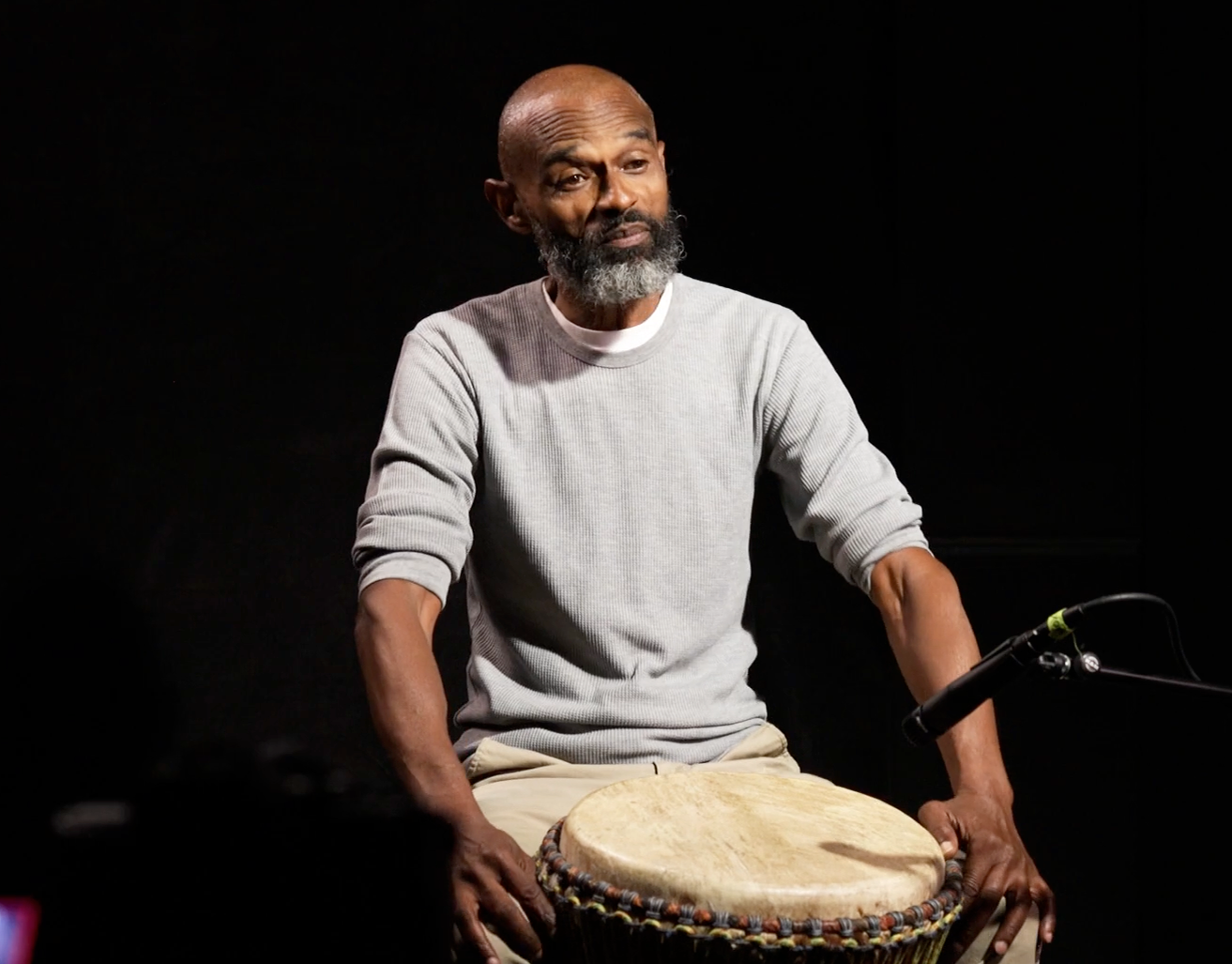


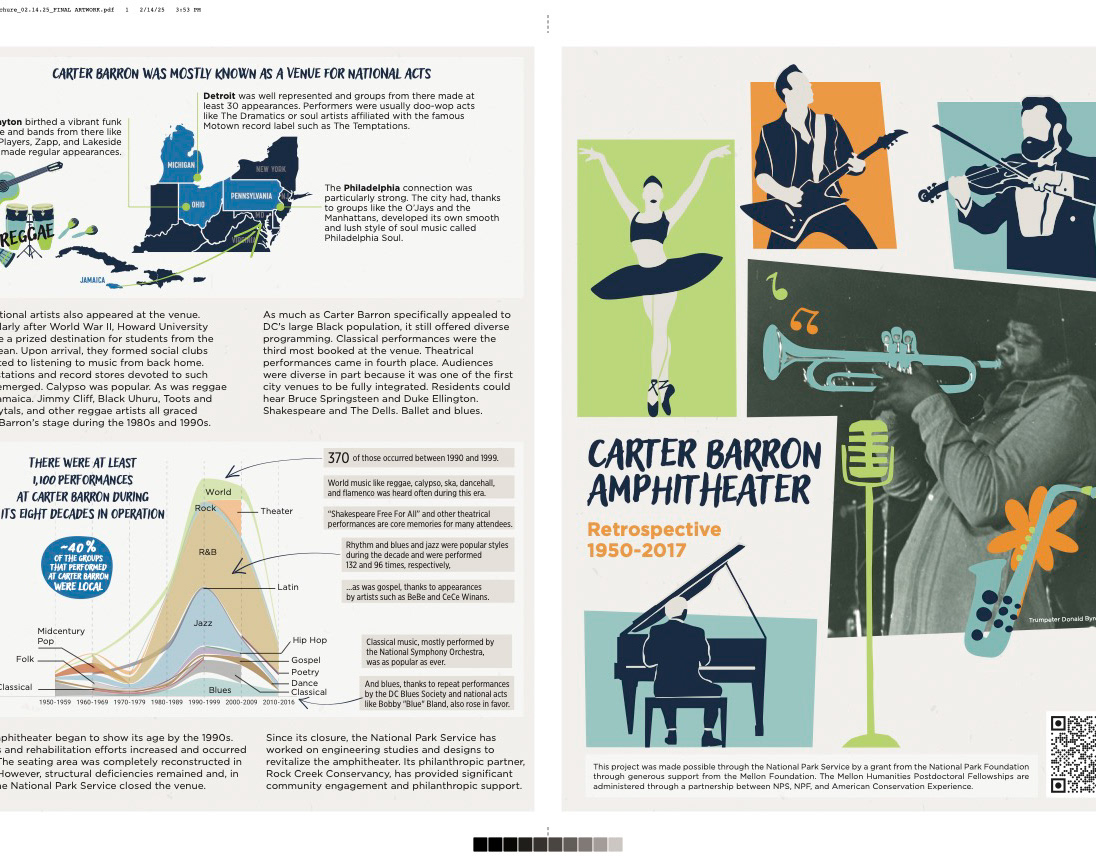
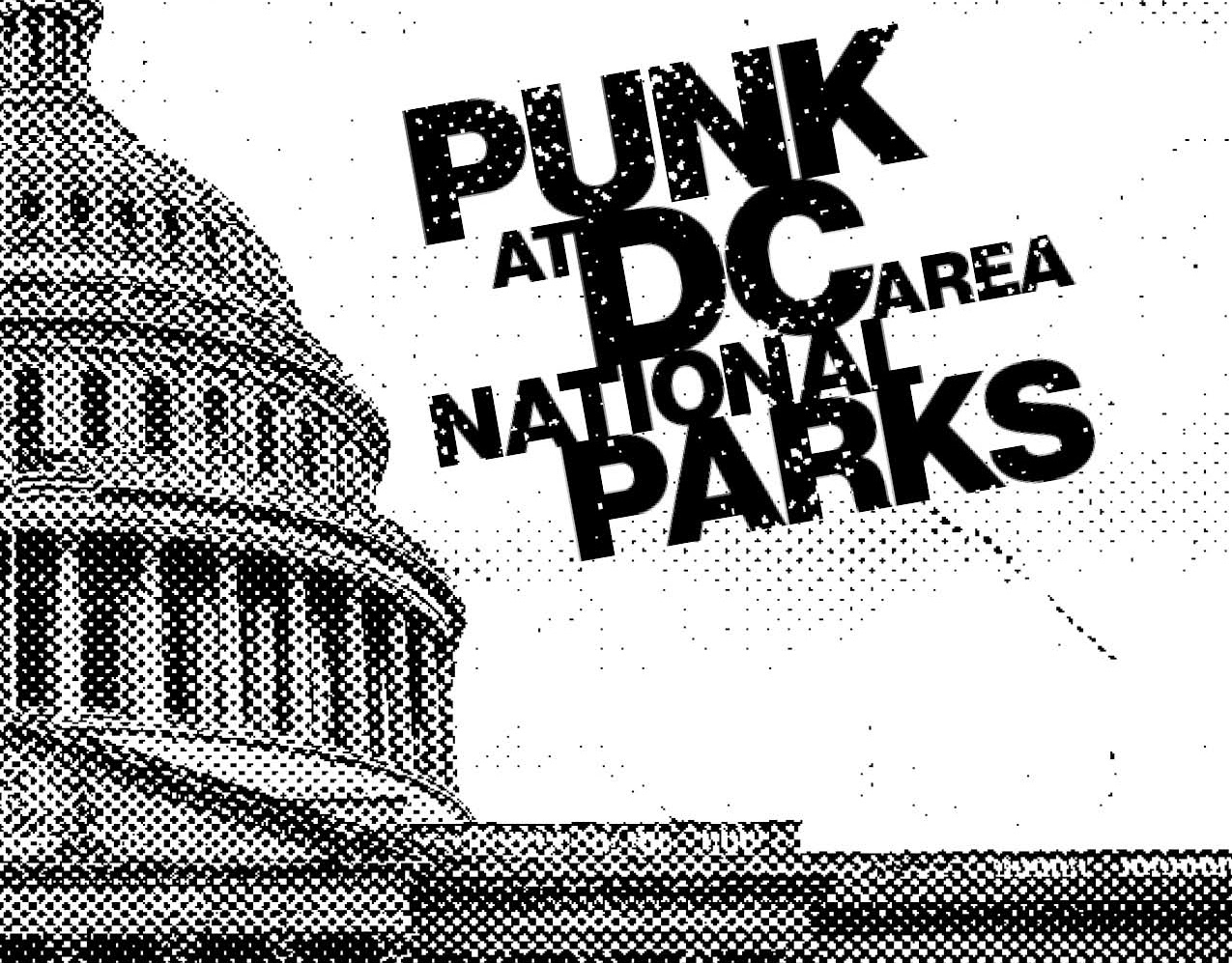
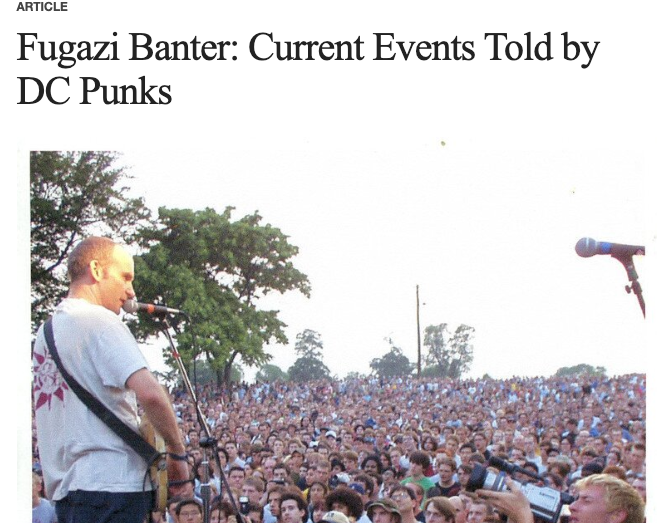


Washington, DC, is full of parks. Almost everyone in the District lives within a 10-minute walk of one. These parks are places to recreate, congregate, protest, relax, and listen to music. In DC, that means punk and go-go. Punk itself was born elsewhere, but a style of punk known as hardcore became popular in the city during the 1980s. Go-go is DC's official music, made predominantly by and for the District's Black population. As a Mellon Humanities Postdoctoral Fellow, I researched DC's parks and musical history to understand how and why punk and go-go thrived in parks–-specifically, parks operated by the National Park Service (NPS). Between the 1970s and 1990s, DC’s local music scenes grew in Anacostia Park, Rock Creek Park, Fort Reno Park, and other public spaces around the city.